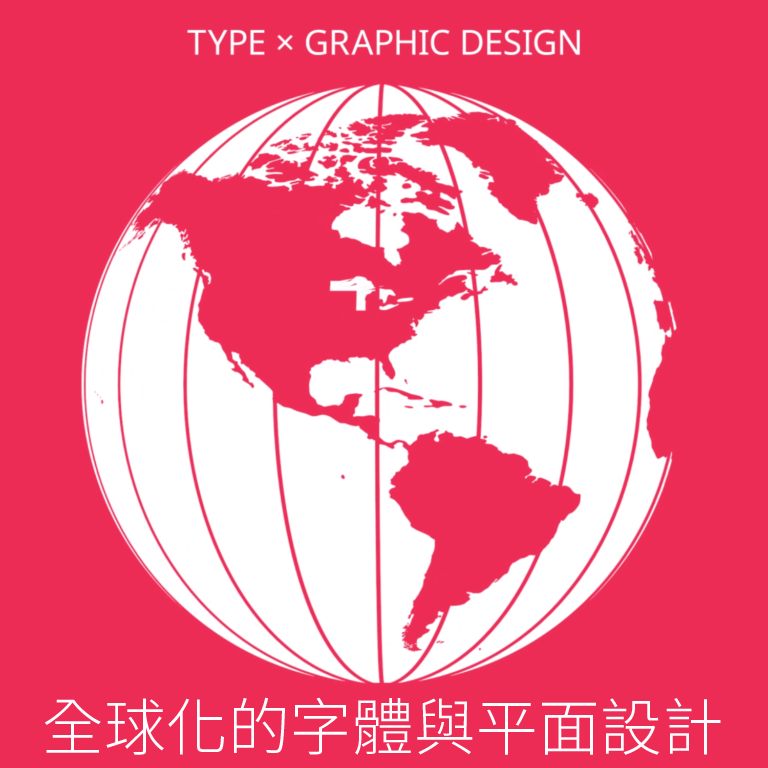I pre-ordered Natural Enemies of Books: A Messy History of Women in Printing and Typography immediately when I stumbled upon on the ‘forthcoming titles’ page of publisher Occasional Papers’s website. I knew the the title was a reference to an essay in a book designed and printed by a number of women in 1937—Bookmaking on the Distaff Side. I had recently learned about it in my own research and had only just succeeded in getting my hands on a copy from the edition of 100 after many dead ends. Thank you, interlibrary loan, and thank you, UC Berkeley!
Bookmaking on the Distaff Side was a unique piece of collective work in which women printers were invited by a committee to submit signatures they’d printed to be bound into an edition, which contributor, Kathleen Walkup, refers to as a pot-luck format. This means each submission is printed on unique paper, with varied colors, type, and illustration styles. It’s diminutive size and deckled edges with unique papers (and colors) make it such a treat to hold and leaf through. Content focuses generally on printing and typography, whether it be type theory, history of women and printing, or humorous piss-takes about the famous typographic men of that era. Perhaps my own greatest surprise in reading the book was the shade thrown at male printers and typographers. Though it is often tempered with some clarifying diplomatic statement, it’s clear the women who put this volume together had opinions and knew humor was a clever way to couch their critical opinions.

